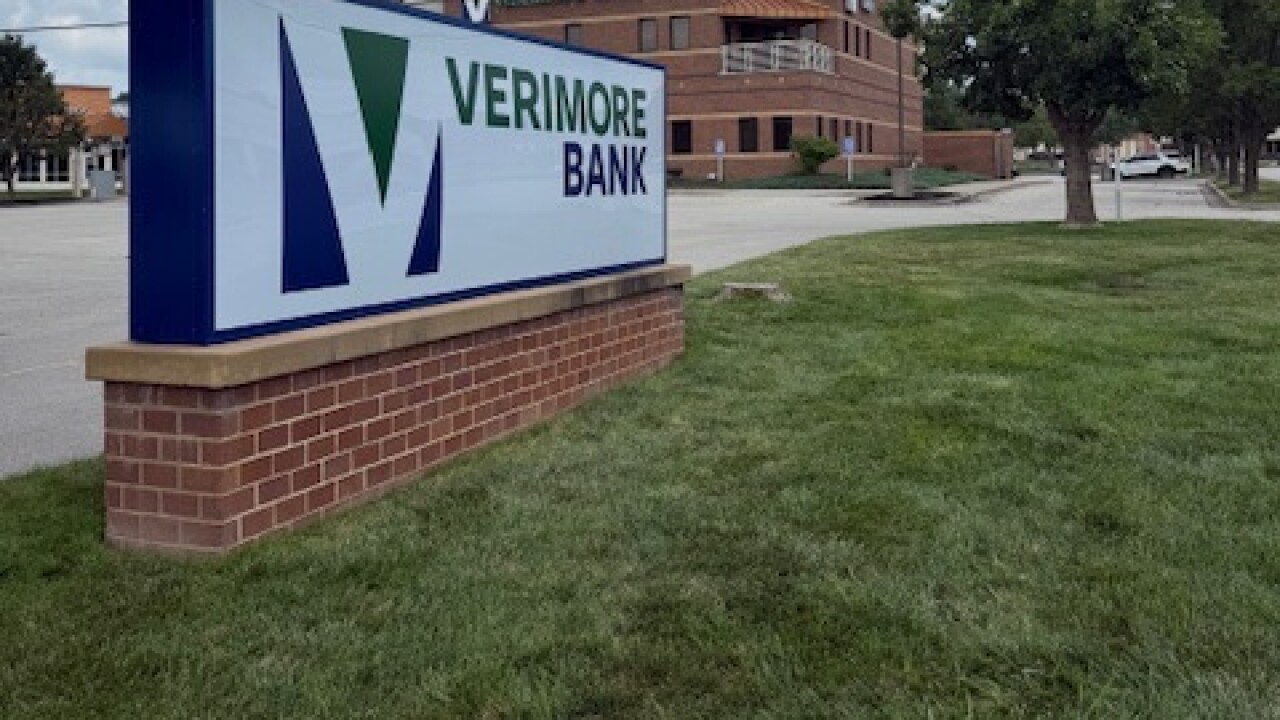
Automated clearing house payments' 2004 showing can be summed up in three letters: ARC.
To say that billers and banks have embraced accounts receivable conversion, which allows them to turn consumer checks into automated clearing house payments at a lockbox, would be an understatement. According to Nacha, the electronic payments association, there were about 1.27 billion ARC transactions in 2004.
That was 479% more than the 2003 tally for ARC payments, and they accounted for 54% of ACH payment growth. Just three years old, ARC has become the fastest-growing payment format in the network's history.
And as industry executives gather in San Antonio this week for Nacha's Payments 2005 conference, ARC will surely get a good deal of credit for the clearing house network's record real-number increase in 2004 - to 12.01 billion payments, from 10.02 billion in 2003.
"ARC is a big part of the story," said Nacha president and chief executive Elliot C. McEntee. "There probably has not been any other electronic payment application that hit the one billion mark as fast as ARC."
The growth is expected to continue, though not at the current pace.
"A significant number of billers, some with very large volumes of check payments, will be converting to ARC this year," Mr. McEntee said. Nacha, of Herndon, Va., predicts there will be at least 2 billion ARC transactions in 2005.
Steve Ellis, the recently installed chairman of Nacha and an executive vice president at Wells Fargo & Co., said ARC's growth reflects the transformation of the ACH system in recent years.
One of the earliest uses for ACH payments was direct deposit, which Mr. Ellis described as a "business-to-consumer payment." Direct deposit is still one of the most common uses for ACH payments.
Almost a third of all ACH payments in 2004, 4.2 billion, were direct deposits. However, with an estimated 71% of the U.S. work force using direct deposit, this is a mature application that grew only 5.3% over 2003.
Instead, the largest growth areas for ACH payments in the past few years have been consumer-to-business payments, Mr. Ellis said. In 2004 the TEL category - payment initiated by consumers over the phone - jumped 49%, to 254 million payments, and the WEB category - for transactions initiated over the Internet - surged 40.4%, to 967 million payments.
Alan Koenigsberg, a vice president at JPMorgan Chase & Co. and its global ACH senior product manager, said that the numbers are way up at the New York banking company for all three of those formats - "anything that converts a consumer check into an ACH."
JPMorgan Chase was far and away the largest ACH originating bank in 2003, well ahead of the No. 2 company, Bank One Corp. By purchasing Bank One last year, JPMorgan Chase created a massive ACH powerhouse that originated more than 2.3 billon payments last year, 19% of the entire network's volume. (Receiving is much more widely distributed throughout the industry.)
Mr. Koenigsberg said WEB's growth demonstrates that more and more people are choosing to pay their bills online. Some billers even provide incentives for customers to pay their bills electronically.
"Consumers are opting to make payments electronically," he said. When they don't, "the billers are making that decision for them" by using ARC.
Bank of America Corp. was the No. 2 ACH originating bank last year, with 733.9 million such payments. It is also considered one of the bill-pay market leaders; a large portion of those nearly 734 million payments were for bills consumers paid online.
Bank of America spokeswoman Betty Riess said 6.1 million B of A customers actively paid bills over the Internet in February, against 3.4 million in January 2004. The three-month average number of payments, through February, was 29 million, versus 18.1 million a year earlier.
"We've seen a lot of growth," Ms. Riess said.
Gwenn Bezard, a research director at the market researcher Aite Group LLC of Boston, said that online payments might have actually been even higher in 2004 than reported. Many people pay bills directly at their billers' Web sites, and Mr. Bezard said that a large share of billers do not report those payments as WEB transactions, but use a different category code, PPD, for prearranged payments and deposits.
As a result, Mr. Bezard said he believes that the already impressive growth for consumer-to-business ACH payments was even higher than Nacha reported. "They don't record these online bill payments as WEB, but they should," he said.
But even without including these payments, he said, the increased use of banks' bill-pay sites means that "the growth in the WEB category is really unlikely to abate."
Another important WEB trend is the swelling popularity of PayPal Inc., which also posts its person-to-person payments in the WEB column.
He is turning bearish on ARC, however. The format "cannot replace every check processed within a lockbox."
A major bank, one that is well out in front of the market, has already told Mr. Bezard that its ARC transactions, as a percentage of its total volume, probably will not increase this year because it is already converting as many checks as it possibly can.
"There is a point above which you cannot grow your ARC volumes," Mr. Bezard said. This reality "will be the major impediment to ARC over the next few years."
Marcie Haitema, a senior vice president at JPMorgan Chase and its global ACH operations executive, said she agrees that "ARC will plateau at some point," since so many billers already are using it.
Ms. Haitema called ARC a transitional payment format. By 2007 or 2008, as consumers write fewer and fewer paper checks, it will become far less important, she said. "You can't convert what you don't have."





